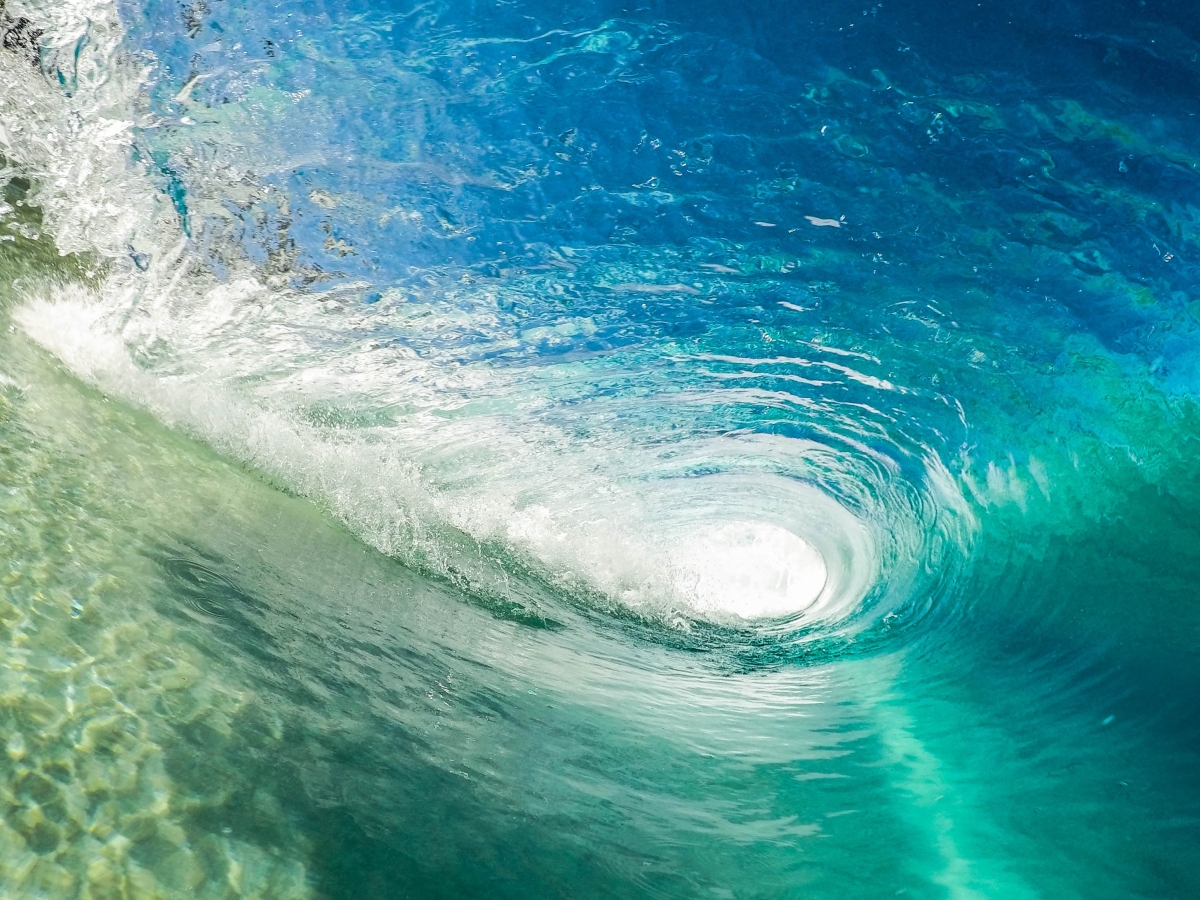
Say what?!
What do you think of when you hear the word sadness?
Or how about anger?
You might envision someone crying or yelling. A visual representation of what they’re feeling inside.
But what if I told you that you could feel an emotion as strong as hatred in a room full of people, not react at all, and still have processed it within 90 seconds. Crazy right?
Not so. It turns out this is actually physiologically what our bodies are built to do.
In Dr. Jill Bolte Taylor’s book she explains this fantastic ability we have to process emotion,
“When a person has a reaction to something in their environment, there’s a 90 second chemical process that happens in the body; after that, any remaining emotional response is just the person choosing to stay in that emotional loop. Something happens in the external world and chemicals are flushed through your body which puts it on full alert. For those chemicals to totally flush out of the body it takes less than 90 seconds. This means that for 90 seconds you can watch the process happening, you can feel it happening, and then you can watch it go away. After that, if you continue to feel fear, anger, and so on, you need to look at the thoughts that you’re thinking that are re-stimulating the circuitry that is resulting in you having this physiological response over and over again.”
My Stroke of Insight: A Brain Scientist’s Personal Journey
No one teaches us how to feel emotion.
In fact, we’re presented by the media with the exact opposite of that – movies and shows where people “act out” their feelings.
This makes for good entertainment, but it’s a different thing entirely when we start believing that’s what feeling our feelings looks like.
Instead, I describe this 90 second process of feeling emotion to my clients as a wave.
- You have the stimulus and thought that trigger the emotion.
- It starts to build rapidly and increases in intensity until you reach the crest.
- Then you come back down, and it’s like the emotion washes back out to sea.
This is how emotion is meant to be processed.
A wave of emotion cannot hurt you.
In fact, it’s only when we drive ourselves insane by running away from it all the time that we start to hurt ourselves with all of the excessive actions we take to avoid.
Instead, consider watching your emotions. Get curious.
How do they start? What does the crest feel like in your body? What happens after it leaves?